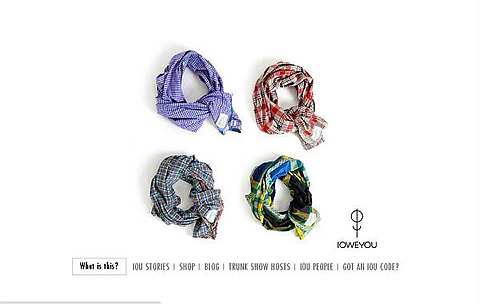SOCIAL media has already made its mark in the mainstream line. Over the past couple of years, we have seen numerous companies – locally and globally – turn to it to promote their businesses.
Large companies with massive marketing budgets, and smaller ones without, have used social media to not only promote their products but also to engage with customers. We are seeing more and more of this happening as the days go by.
Then, we have also seen how social media have been used for social good. Many non-profit organisations the world over are relying on it to spread awareness about their respective causes. Many people – groups and individuals – have mobilised social media users for fundraising and relief efforts.
Of late, we are seeing the two come together. Social entrepreneurship is already pretty common around the world. With the wonders of new technology, and the flexbility (and popularity) of social media, we are seeing this form of business utilising online mobility to further advance their sales – and cause
One example is a website I came across just a couple of days ago called The IOU Project. Essentially, IOU is an online fashion store, except that it’s approach and method is not quite ordinary.
Working with people they refer to as “weavers” in India and “artisans” from across Europe who design the pieces, no two items sold on IOU are the same. This is because the weavers create each piece of fabric by hand, something they claim to be an age old skill in India.
Each piece of fabric woven is then used to bring to life the many designs that the artisans have created, before they go on sale on the website.
So just where is the social entrepreneurship element to this, let alone the social networking elements?
IOU claims to compensate the weavers with double their usual wage, in exchange for higher work standards. It also allows the weavers and artisans to earn more via its Trunk Show Host programme.
This programme is where social networking comes in. The average buyer like you and me can sign up to be a Trunk Show Host, who will get to select up to 20 (40 if we become a Pro Host) items from the store to put into their “trunks”.
They can share the goodies in their trunks with people on their social networks (including a Facebook app that creates a tab on their profile pages) and be rewarded for any sales.
Commission on items start at 20% for the first week, 15% on week two and 12.5% on the week after. All unsold items after the third week will dissappear from the trunks, but a “Host” can restock as and when they want to.
Here’s the thing: if a Host is generous enough, he or she can opt to share a percentage, or all, of the commission with any of the weavers (or his friends).
More than all this, what I found particularly interesting about IOU from a social media context is the IOU Stories page. Because each item is unique, IOU is able to code each item so that its history is traceable.
On that page, a buyer can select an item and find out the name of the weaver who made the fabric and artisan who designed the piece. This information also comes with photographs. The journey of the item ends with the buyer, so IOU has made it possible for one to upload a photo of someone dressed in the purchase
This way, everyone can check on the history of an item – from the weaver to the designer to the user.
Often times, people tend to hoard items for sentimental value. This really puts the notion that everything in the world has a story to share to test.
Personally, I feel that my shopping experience (I have already purchased a couple of items, and applied to be a Trunk Show Host) has been made more interesting thanks to these social entrepreneurship and social media elements.
There are, of course, many other businesses out there who are doing wonderful things with social media to enhance customer experience. I can’t wait to make my next discovery.


Tell us what you think!